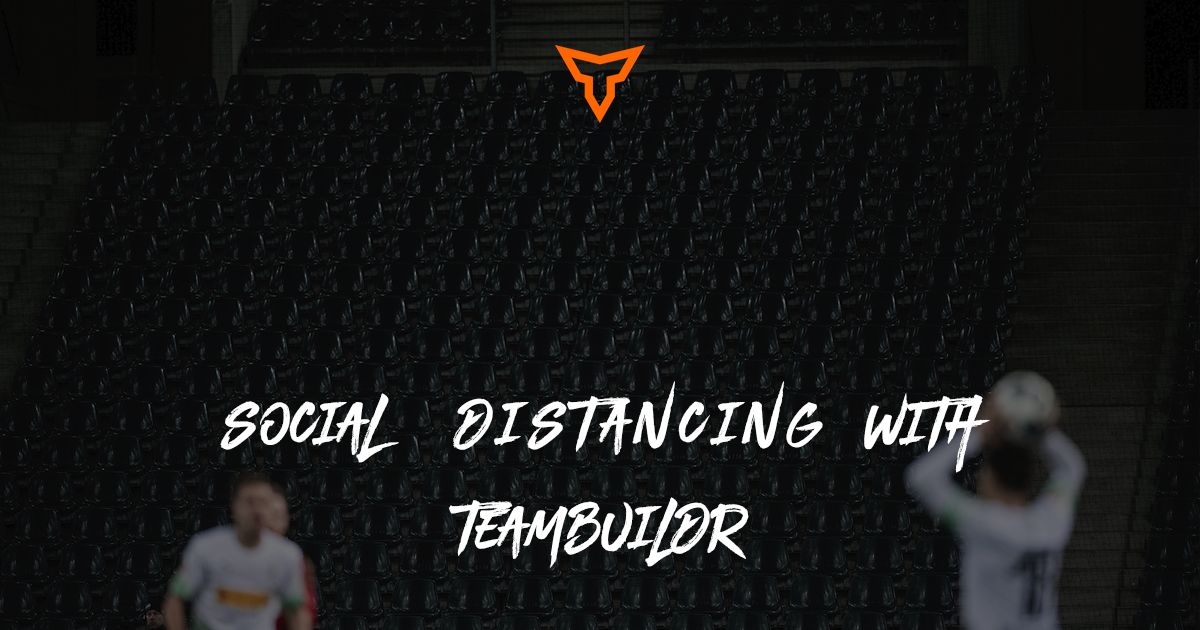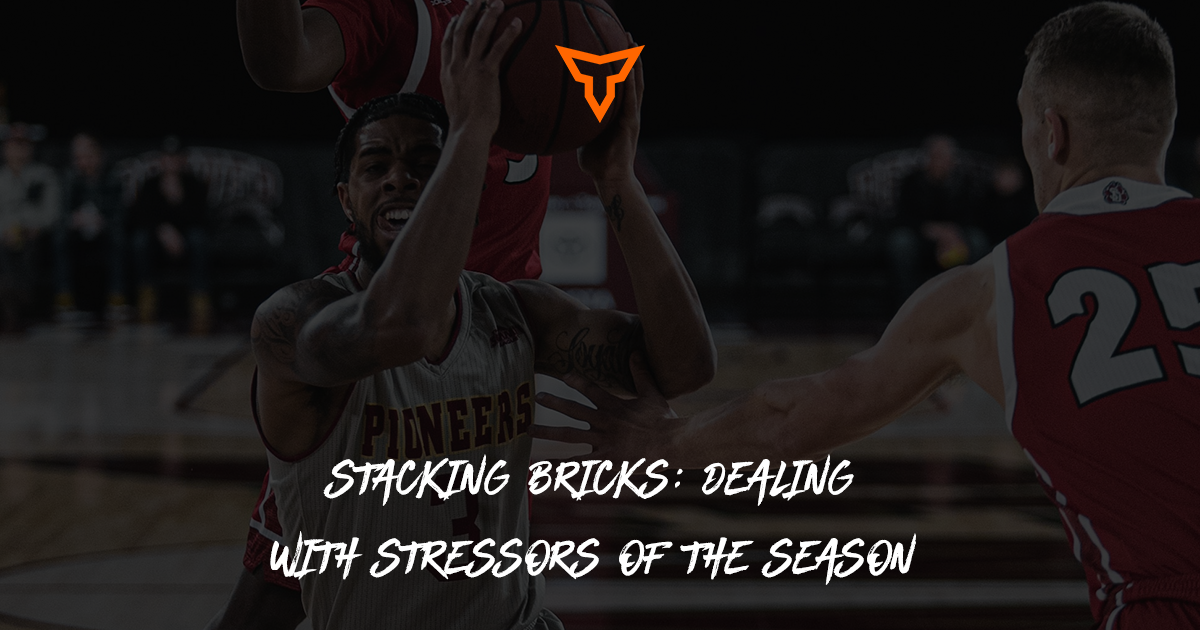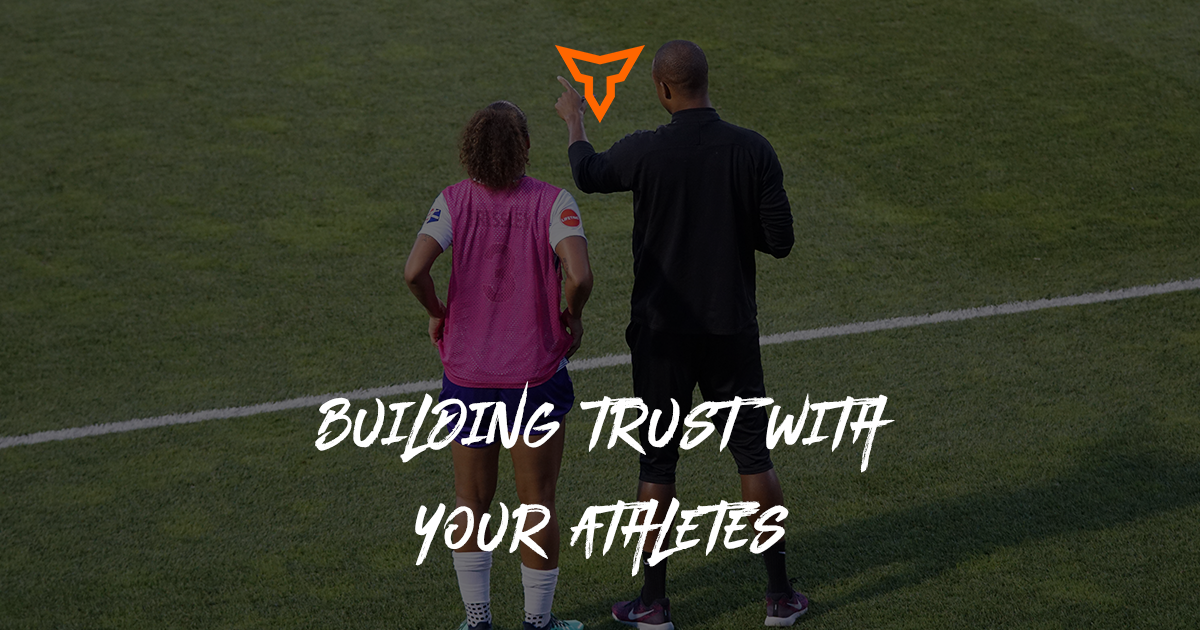If you are reading this blog thinking that I have the magic formula to develop athlete buy-in, I am sorry to disappoint you, but I don’t.
Just like in lifting, there is no magic formula to turn an entire high school football program into a Division One caliber program. The toughest hurdle to overcome is that a team is made up of a bunch of individuals. Until we can turn the group of individuals into a single unit with a single goal, we will struggle to experience complete buy-in from the team.
Ultimately, that’s what we all want, but the majority of the time we get a mixture of athletes who have and have not already bought into the program. If we are able to develop buy-in from the leaders, then eventually we will have complete athletic commitment because once the leaders are completely bought in, they will have the ability to encourage buy-in from the rest of the team.
Developing Buy-In
Coaching Individuals
The first realization you need to make is that your team is made up of individuals and you must meet each individual where they are to assist them in becoming part of the team. Our athletes are coming to us from different backgrounds and home lives. We can’t truly have them buy-in to our coaching philosophy until they know we care about them as a person and not just an athlete. This takes time and empathy. We need to understand that our role as coaches goes far beyond coaching the sport, we also have to be a therapist. We need to ask the deep and probing questions, listen, offer advice, and then check up on them from time to time. Once they know that you care about them, they will start to care about the things we care about, like the coaching philosophy.
Connecting with your athletes
We as coaches need to create an atmosphere in which we can connect with and transform our athletes. Our athletes will never open up to us unless we create an environment on the field of play and in the weight room, where they feel comfortable to talk to us about more than just lifting. Usually, our kids are coming to us after school with a backpack full of worries, fears, anxieties, anger, depression, along with other concerns. These backpacks were filled with their day of social pressures, peer pressures, dysfunctional home lives, etc.
They may not show it, but they come to us carrying a heavy burden. If they come into an environment that is built around the idea of family, then it is more likely that they will give their all into their workouts because they are not just doing it for themselves, they will see that selflessness drives the family. My idea of a family environment means that I conduct myself with empathy and tough love. Empathy because it is the building block for any successful relationship. Tough love because they need to be pushed to reach their full potential, but they need to be pushed in love for them to buy into it.
Building Relationships
Our focus can’t just be to build strength, size, and speed, but we also need to build relationships within the team. To get complete buy-in from the team, as a whole, we need to teach our players how to commit their all to the cause of the team. Athletic commitment is achieved by building strong, lasting relationships between the players. We need to create an environment that is intentional on working and fellowship together. This can be done through competitions, gatherings, community projects, along with many other creative opportunities.
[hr]
These 3 tips are great tools, but ultimately we need to be modeling these things to our athletes. They aren’t going to believe what we are trying to instill in them if they don’t see us living these things out not only in the weight room but on the field, around the school hallways, etc. Our personal example is what will draw the kids to us and have them wanting to be a part of the family that you are building.
Subscribe to our blog
Subscribe to receive the latest blog posts to your inbox every week.
Related posts

How TeamBuildr Can Keep Teams Growing During COVID-19

Stacking Bricks: Dealing with Stressors of the Season
